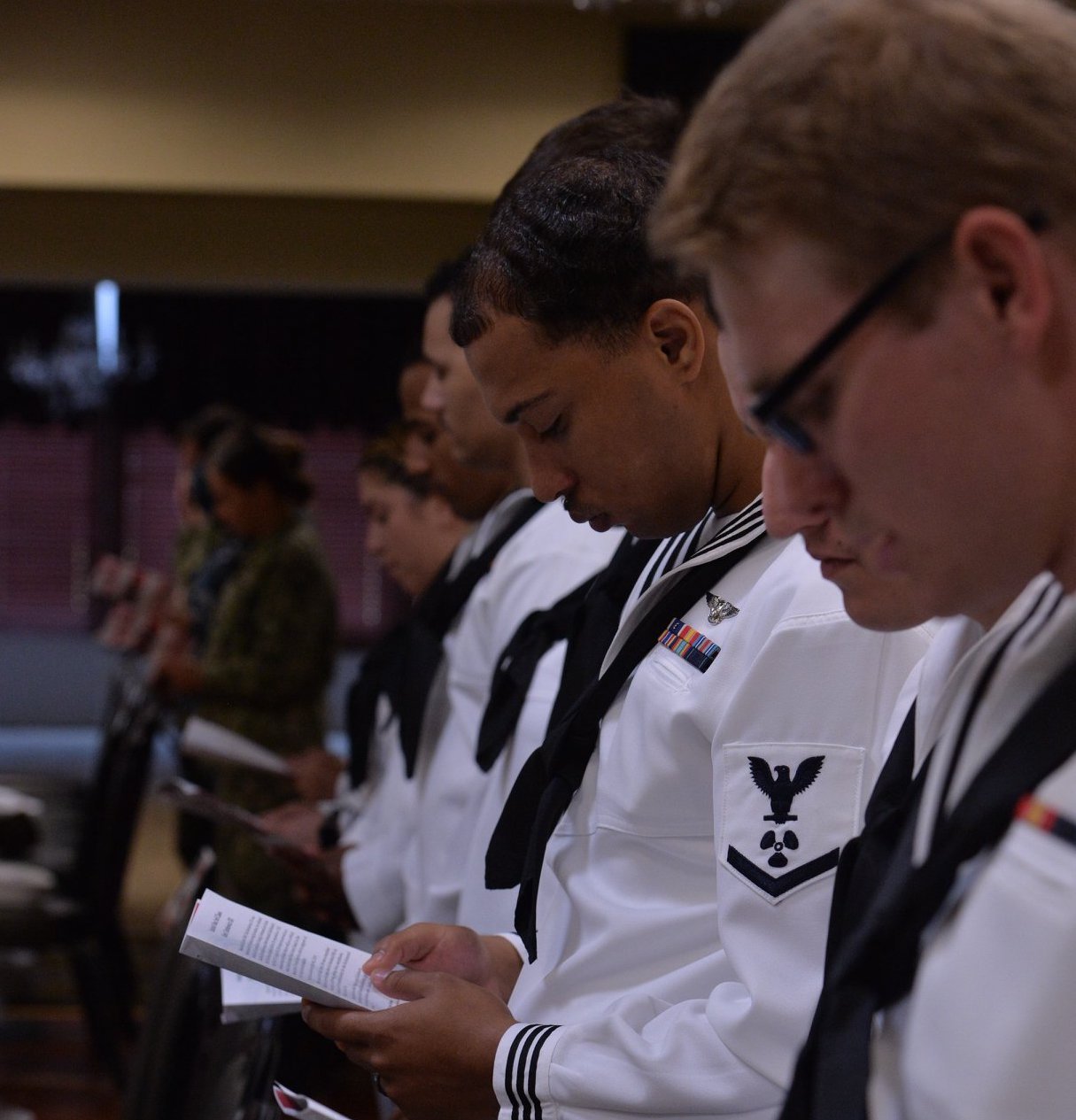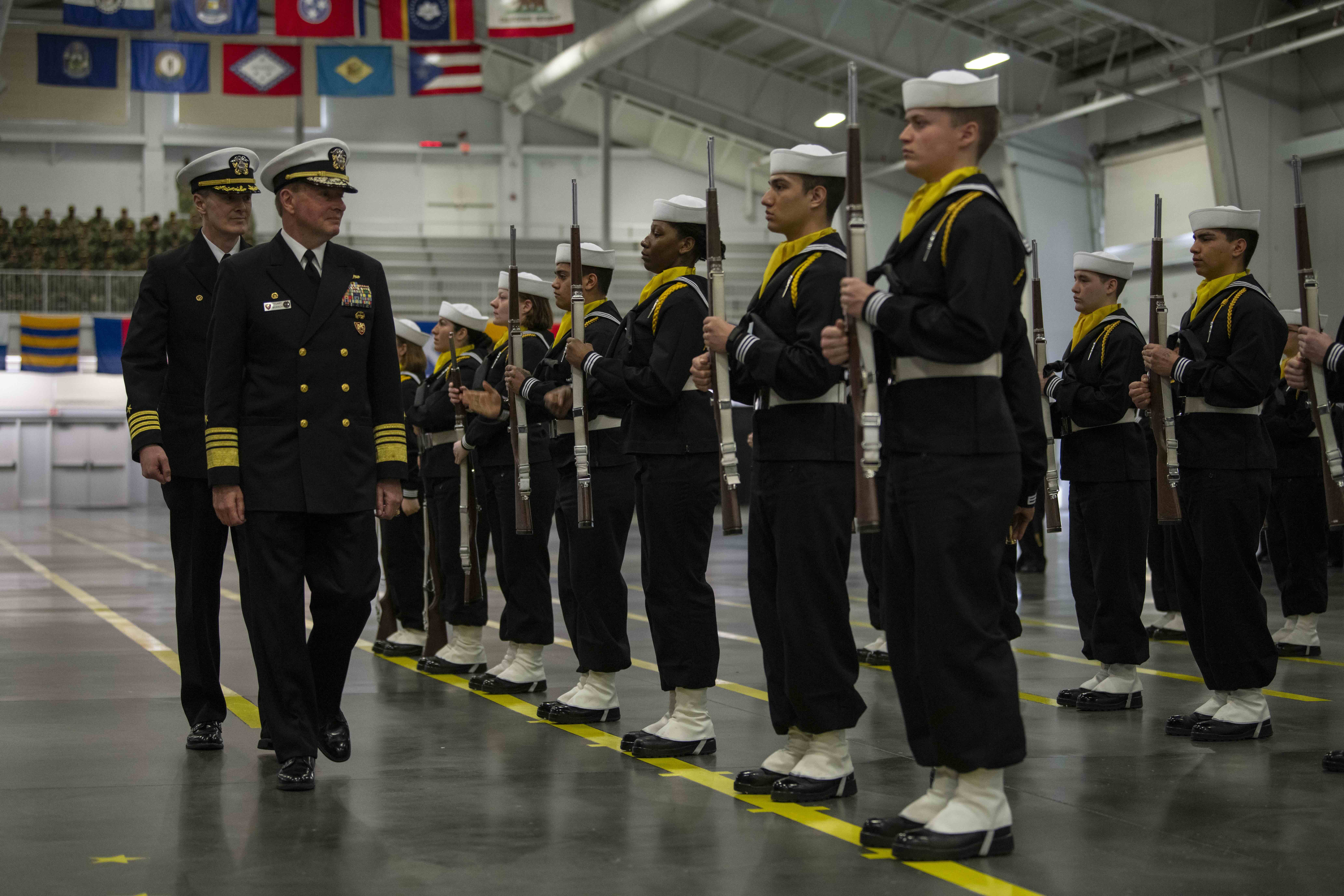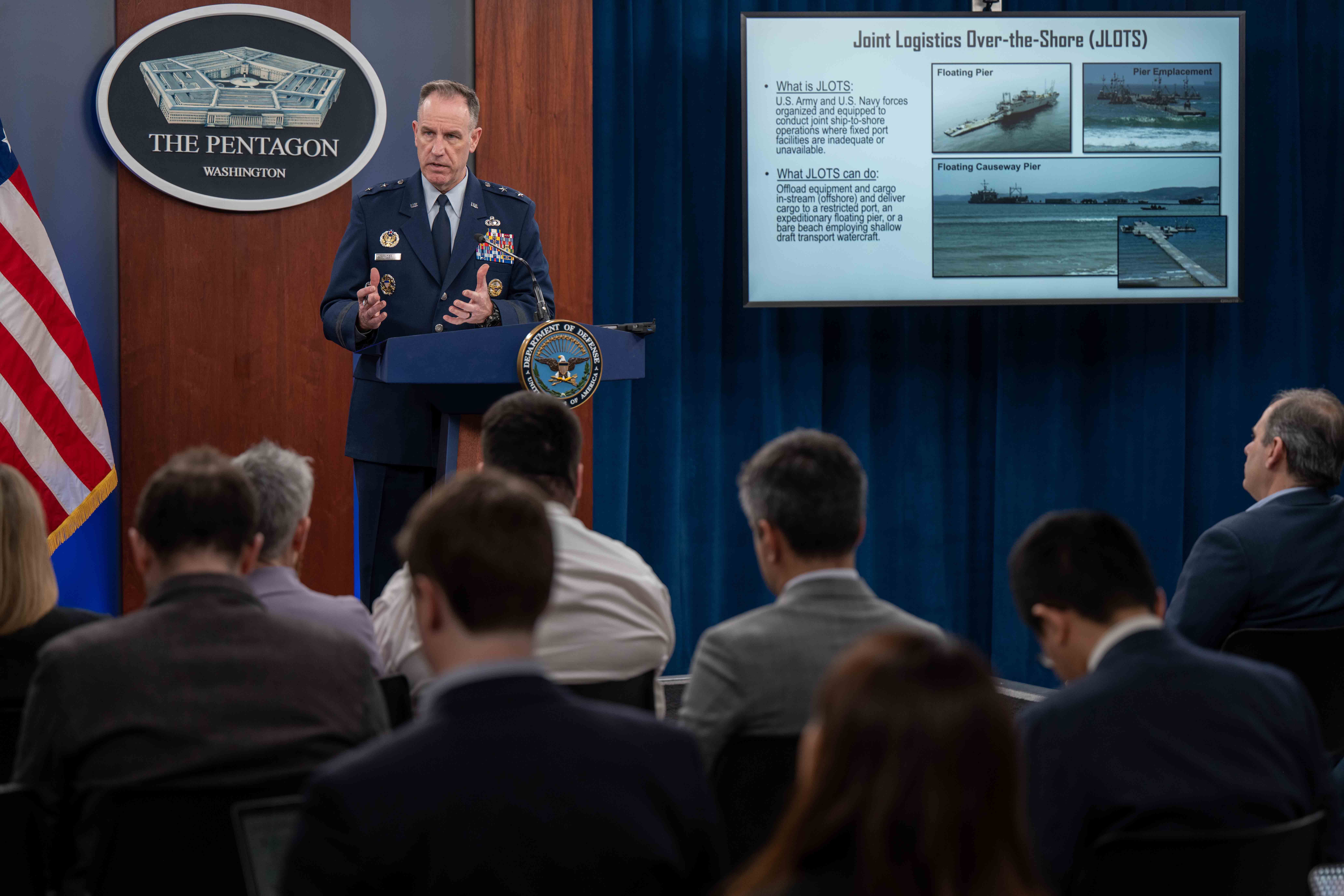
Navy and local agencies are investigating the circumstances surrounding last week’s suicides of three sailors assigned to USS George H. W. Bush (CVN-77). Meanwhile, the service has also increased counseling and support for the ship’s crew, Navy officials told USNI News on Tuesday.
The three sailors served in different departments and, as of now, “there does not appear to be a connection between their deaths,” service spokesperson Cmdr. Jennifer Cragg said in a statement. The Naval Criminal Investigative Service (NCIS) and authorities in Portsmouth and Norfolk, Va., are leading a series of investigations into the suicides.
“The leadership of USS George H. W. Bush are engaged with their crew and focused on taking care of their sailors and their families,” Cragg said.
The three deaths were third, fourth and fifth suicides committed by Bush crewmembers in the past two years, according to a message from Capt. Sean Bailey, commanding officer of Bush, posted to the carrier’s Facebook Monday afternoon.
Bush entered in dry dock in February as part of a 28-month maintenance availability. Such work often brings new stressors to a crew that’s grown accustomed to a particular work rhythm. Usually, when a ship is in the yard for an extended period, crew members are assigned jobs unrelated to what they trained for or joined the Navy to perform.
While sending additional counselors and support staff to help the crew is a significant response, the entire Department of Defense must focus on enhancing the emotional intelligence of leaders, Ken Falke, a retired master chief and chairman of the EOD Warrior Foundation, told USNI News on Tuesday.
Falke, who wrote an article for Proceedings about addressing suicide in the military, said the most common causes of suicide involve depression, substance abuse and undiagnosed brain injuries. Commands can do a lot to treat depression and substance abuse if the leadership understands the signs, he said.
“There is no emotional intelligence training in our leadership continuum in the military,” Falke said.
“So until we increase the level of emotional intelligence for first-rate supervisors, whether they’re at the (lead petty officer) LPO or (chief petty officer) CPO level, junior officers, senior officers, we are going to continue to fight these battles.”
The challenge for the crew is remaining focused on their mission. The challenge for leaders is finding ways to ensure the crew understands why the work they’re doing is vital for the mission, Falke said.
At the same time, leaders need to understand and be empathetic to the needs of their crew, Falke said. While at sea, crew members can focus on the mission and needs of their team because the ship’s operations rely on them. In dry dock, it’s harder to remain focused when other stressors exist. However, leaders can understand their crew’s needs and demonstrate to everyone that keeping the ship’s maintenance on schedule is a team effort. Bush’s location at the Norfolk Naval Shipyard in Portsmouth, Va., can also make for a stressful existence for sailors.
“The opposite of suicide is teaching people how to live a good life,” Falke said.
“Can you live a good life in dry dock? Yes.”
Suicide Prevention Resources
The Navy Suicide Prevention Handbook is a guide designed to be a reference for policy requirements, program guidance, and educational tools for commands. The handbook is organized to support fundamental command Suicide Prevention Program efforts in Training, Intervention, Response, and Reporting.
The 1 Small ACT Toolkit helps sailors foster a command climate that supports psychological health. The toolkit includes suggestions for assisting sailors in staying mission-ready, recognizing warning signs of increased suicide risk in oneself or others, and taking action to promote safety.
The Lifelink Monthly Newsletter provides recommendations for sailors and families, including how to help survivors of suicide loss and to practice self-care.
The Navy Operational Stress Control Blog “NavStress” provides sailors with content promoting stress navigation and suicide prevention:
NavStress social media:
Facebook: www.facebook.com/navstress
Twitter: www.twitter.com/navstress
Flickr: www.flickr.com/photos/navstress





